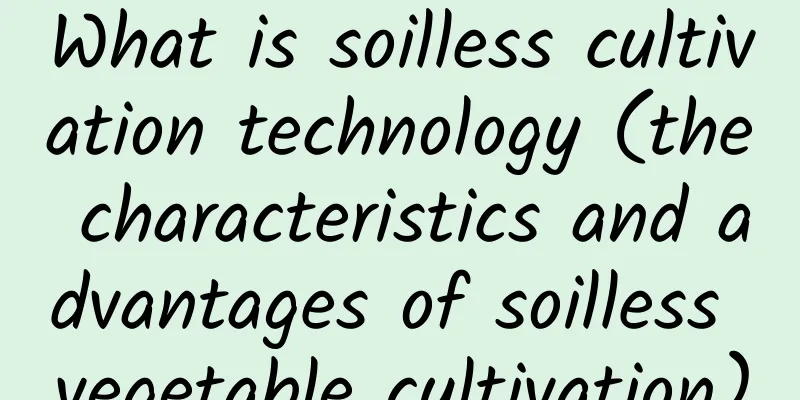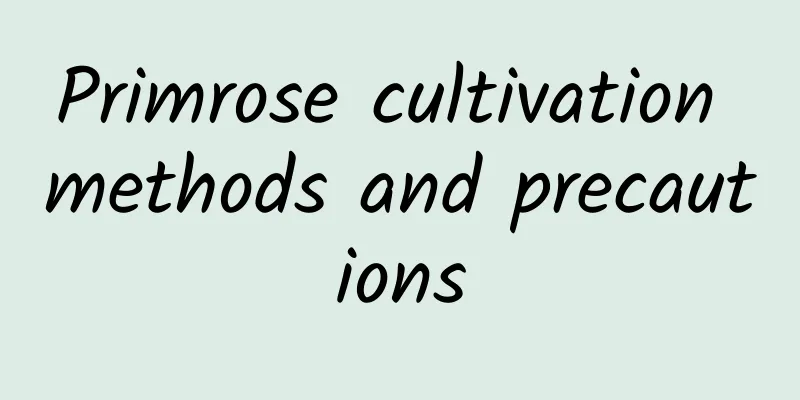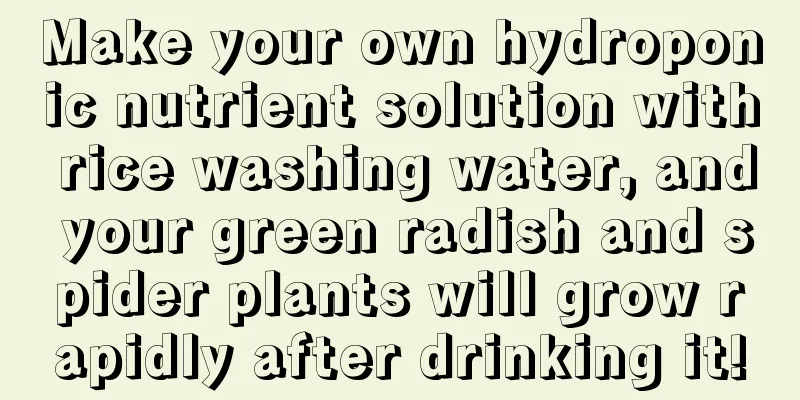What is soilless cultivation technology (the characteristics and advantages of soilless vegetable cultivation)

What is soilless cultivationSoilless cultivation is a cultivation technology that does not use natural soil as a substrate. It is to cultivate crops directly in a nutrient solution in a certain device, or on a cultivation bed made of non-soil substrate materials such as sand, gravel, vermiculite, perlite, rice husk charcoal, coal slag, rock wool, etc. There are many ways of soilless cultivation. Depending on whether the cultivation bed uses a substrate, soilless cultivation can be divided into two categories, namely substrate cultivation and hydroponics. Substrate cultureSubstrate cultivation is the use of solid substrates instead of soil as cultivation beds to grow crops. Solid substrates include natural sand, gravel, peat, sawdust and artificial substrates such as fiber. HydroponicsHydroponics is to place the roots of crops directly in the nutrient solution, without using substrate materials, and the nutrient solution can be recycled. There are also many types of soilless cultivation, depending on the different types of substrates, different cultivation beds, different ventilation methods and nutrient solution supply methods. The advantages and prospects of soilless cultivationCompared with traditional soil planting, soilless cultivation has many advantages, which can be summarized as follows. ① The growth cycle of soilless cultured vegetables is short and the yield per unit area is high. ②Isolate from external pollution and produce clean, hygienic and high-quality products with less pollution. ③ Large-scale planting can save labor, water and fertilizer. ④ Do not use soil to avoid soil continuous cropping disorders and soil-borne diseases. ⑤ There is no regional restriction for planting and it is not restricted by region, soil quality, environment and other conditions. Precautions for soilless cultivationWater quality requirementsWater quality is closely related to the preparation of nutrient solution, and the quality of water directly determines the success or failure of soilless cultivation. Soilless cultivation has strict requirements on water quality, especially hydroponics, because it does not have the buffering capacity of soil cultivation, so the content of many elements is lower than the concentration standard allowed by soil cultivation, otherwise toxicity will occur. Preparation of nutrient solutionNutrient solution is the key to soilless cultivation. Different crops need different nutrient solutions. When preparing nutrient solution, the purity and cost of chemical reagents should be taken into consideration. First, the original solution is prepared with fertilizers, and then diluted. Calcium-containing substances need to be placed in a separate container. When using, dilute the mother liquor and then mix it with the diluted solution containing calcium substance. Measure the pH of the nutrient solution and adjust it to a pH range suitable for crop growth to avoid poisoning. Matrix type selectionThere are many types of substrates for soilless cultivation of vegetables, which can be selected according to local substrate sources and local conditions. Try to use materials that are abundant, easy to obtain, low in price, and have good physical and chemical properties as the substrate for soilless cultivation. Liquid supply systemThere are many ways to supply liquid for soilless cultivation, including nutrient film, irrigation, flooding, double-walled pipe irrigation system, drip irrigation system, siphon, spray and manual irrigation, etc. At present, the nutrient film method and drip irrigation are more commonly used in production. |
<<: The Poet's Wife Rose's Advantages and Disadvantages (Is it a Climbing Rose or a Shrub Rose)
Recommend
Can roses be potted?
Can roses be potted? Roses can be planted in pots...
What is the function of wine bottle orchid
The ornamental effect of wine bottle orchid The s...
Which month is the best to dig Pueraria root?
Pueraria root has always been known as "litt...
How many years does it take for pistachios to bear fruit?
Introduction to Pistachio Planting Pistachios pre...
The meaning of copper coin grass
1. Meaning It has a very good meaning. Its leaves...
How to care for and water the dragon beard tree?
The dragon's beard tree, also known as the dr...
How to water Croton
1. Spring watering Croton is a common plant in so...
Breeding techniques of Fraxinus chinensis
1. Planting 1. Seed collection: The seeds will ma...
Money tree, Sansevieria...can it be saved if its roots are all rotten? It's amazing
Tiger Piranha Why does my Sansevieria always have...
What to do if Lithops is sunburned
Sunburn location of Lithops Many people are curio...
How to sow mugwort seeds
Time to sow mugwort seeds Mugwort is suitable for...
Can potato sprouts be grown hydroponically?
Can potato sprouts be grown hydroponically? Potat...
What is fast food?
What is fast food? Kuaicai is shaped like pakchoi...
How to prune a money tree? The right time and the right method
Money tree pruning time In order to improve the o...
How to beautify bonsai by pruning
Topping Pinching is to select the top 2 cm or so ...









